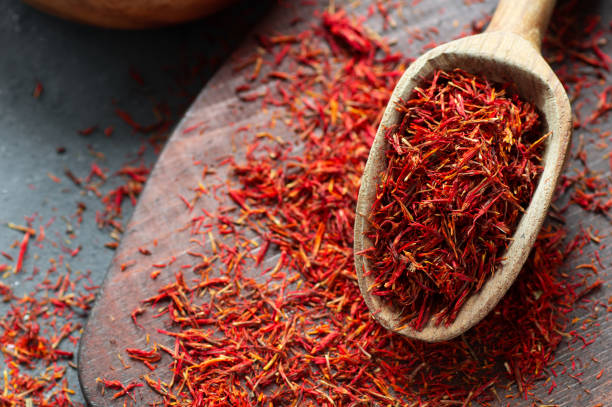Global flavor trends to explore this season
This season, global flavor trends are blending heritage techniques with contemporary priorities like sustainability and seasonality. From inventive recipes to beverage innovation, chefs and home cooks are rethinking ingredients, pairings, and plating to reflect changing tastes and sourcing practices.

Global flavor trends this season emphasize connection: to local ingredients, to long-standing preservation methods, and to creative pairings that honor origin while adapting to new palates. Chefs, mixologists, and home cooks are examining nutrition, cookware choices, and plating techniques to present dishes and beverages that feel both familiar and surprising. Sustainability and thoughtful sourcing are increasingly central, influencing how menus and recipes take shape across regions.
Recipes: What global techniques are shaping plates?
Contemporary recipes are borrowing from a wider set of culinary techniques—charred vegetables from Middle Eastern grills, umami-rich reductions from East Asia, and slow-braised preparations common in Latin American kitchens. Cooks are pairing these methods with modern cookware choices such as cast-iron and non-reactive pans to preserve delicate flavors. Recipe development now often prioritizes ingredient integrity: shorter cook times for fresh produce, layered slow-cooking for hardier cuts, and fusion approaches that respect traditional spice balances while encouraging experimentation.
Cuisine: Which regional flavors are gaining attention?
Regional cuisines are stepping into the spotlight through focused ingredient stories: West African spice blends, Southeast Asian herbs, and Andean grains are appearing on more plates. Chefs are exploring how these elements interact with local produce in their area, creating cross-cultural cuisine that highlights provenance. Attention to nutrition is visible in menu construction, with whole grains, legumes, and plant-forward dishes forming a stable base alongside protein options, rather than relegated to side roles.
Beverages and mixology: How are drinks adapting?
Beverage programs are integrating culinary thinking—herbal infusions, preserved fruits, and fermented bases are being used to add depth. Mixology trends emphasize balanced pairings: low-ABV cocktails, mocktails that mimic cocktail structure, and beverage pairings designed to complement specific flavor profiles in food. Bar programs increasingly work with local producers for syrups and cordials, and brewing or distilling small-batch ingredients in-house is a growing practice to control flavor nuance.
Sustainability and sourcing: What to consider?
Sourcing practices are influencing menus and product choices across the supply chain. Restaurants and home cooks alike are prioritizing seasonal purchasing, partnerships with local services, and transparent supply chains that reduce waste and support regional growers. Sustainability extends beyond ingredients to preservation choices—reducing food loss through pickling or fermentation—and to cookware selection, favoring durable tools that lessen replacement frequency. These considerations often reshape recipes and plating to reflect what’s responsibly available.
Seasonality and preservation: How do they interact?
Seasonality guides both ingredient selection and preservation strategies. When certain fruits or vegetables peak, chefs focus recipes to showcase them fresh, then use preservation methods—drying, canning, pickling, and freezing—to extend availability. Preservation techniques can create unique flavor notes: lacto-fermented pickles add tang and complexity, while slow-cooked conserves deepen sweetness. Planning menus around harvest cycles encourages creative pairings and reduces reliance on out-of-season imports, supporting both flavor and sustainability goals.
Fermentation, pairings, and plating: What trends stand out?
Fermentation remains a major trend, used for both flavor and texture: cultured dairy, misos, and fermented vegetables appear as central elements or condiments. Pairings now focus on complementary acidity and umami to balance richer components, while plating emphasizes contrast—textural variety, color, and restrained portions that highlight ingredient provenance. Nutrition-aware plating balances indulgence with plant-forward elements, and innovative uses of fermented components can enhance digestibility and flavor complexity without overwhelming a dish.
Global flavor trends this season reflect a combined interest in provenance, thoughtful sourcing, and culinary techniques that bridge tradition and innovation. Whether through recipes that foreground local ingredients, beverages crafted with culinary sensitivity, or preservation methods that extend peak flavors, the culinary landscape is adapting to prioritize seasonality, sustainability, and sensory balance in equal measure.





